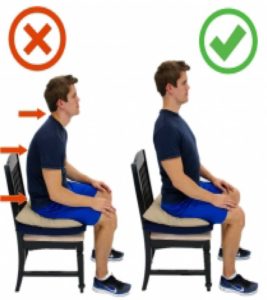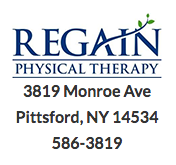Cervical Disc Herniation: What it is and What You can do About it
General Information:

- Cervical Disc Herniation occurs in the neck when the disc between two vertebra is weakened or injured and leaks or bulges. When this happens it can place pressure on a nerve and/or cause inflammation.
- This can happen as a result of a trauma/neck injury or it could start spontaneously from years of poor posture and stress on the spine.
- Signs and symptoms include: pain in the neck that can go down the arm and into the hand and fingers, weakness, numbness, tingling, tightness, pain that is typically worse in the morning, and/or loss of motion.
- It is often treated conservatively with physical therapy, but in some severe cases may require surgery.
Physical Therapy Can Help you By:

- Relieving pain and increasing mobility with manual techniques to stretch muscles and joints of the upper back and neck.
- Assessing posture and recognizing muscle imbalances or improper body mechanics that may be exacerbating symptoms.
- Providing tips for an ergonomic work space and activity modifications.
- Developing an individualized exercise program to increase strength of muscles that stabilize the upper back, neck, and core, and to improve posture.
What you can try:
- Improve cervical posture by first correcting any slouched posture in your low back, and then make sure your head is not protruding forward and your ears are directly over your shoulders.
Click here for the downloadable version.